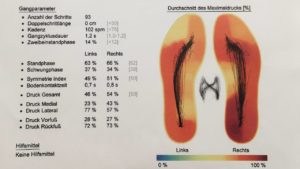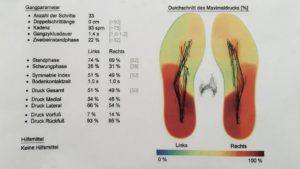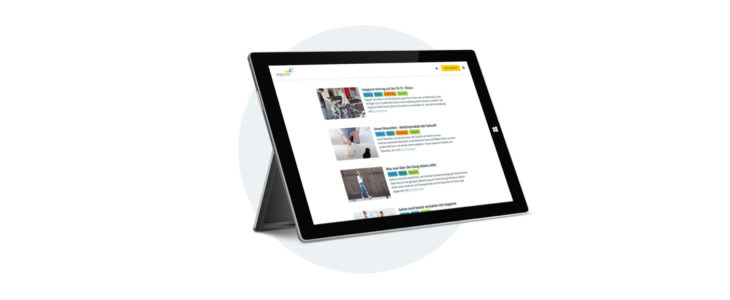stapp one Use Case from the AUVA Rehabilitation Center Häring

Report 1
The AUVA Rehabilitation Center Häring has an interdisciplinary approach to rehabilitation to ensure their patient’s health. Part of this approach is the use of the intelligent stapp one sensor soles in various trainings and assessments. The resulting objective data provides important insights for therapists and patients.
The AUVA Rehabilitation Center Häring in Tyrol (AUT) has been a stapp one cooperation partner for several months, focusing on technological innovation in rehabilitation. stappone is an important medical tool when it comes to specific training and objective analysis and a more effective therapy.
stapp one application
The intelligent stapp one sensor soles are simply inserted into a comfortable shoe and measure the foot pressure load and the body’s center of gravity. The corresponding medical software provides visual, acoustic and/or haptic live-biofeedback on a laptop or tablet. This allows to quickly and easily perform a wide variety of gait assessments. Therapists and also patients have the opportunity to correct or be corrected in real time. This prevents the possible training of incorrect pressure loadings, which is common in rehabilitation due to fear and uncertainty on the part of patients. The use of a 6-minute walk test during the assessment leads to increased informative value, as a “mini-gait analysis” . The patient receives a visual representation of the data and patient education takes place from the very first moment.
After the training session, a detailed report can be generated and compared with previous or future reports. Changes and improvements are visible and the therapy progress can be tracked objectively.
Stapp one Use Case
In addition to foot pressure load and the body’s center of gravity stapp one also measures other gait parameters such as the number of steps, cadence, stance phase, swing phase, etc. as can be seen in the reports.
The two reports show different assessments of the same patient. As the first report shows, the patient puts too much pressure on the heels and on the right foot. This can be seen from the uneven pressure distribution between the two sole patterns. The direct comparison is provided by Report 2, in which the pressure distribution represents the typical butterfly pattern. The coloring of the soles also shows a balanced pressure distribution compared to Report 1. The insoles used therefore lead to a visible improvement in the gait pattern.
With stapp one, deficits can be clearly displayed, which enables optimal treatment. At the same time, it also helps to check whether the taken measures are really the right ones – as the above example clearly shows.
Do you have any questions about the use of stapp one? Contact us! We are always at your disposal.
Find us on LinkedIn and become part of our community! We keep you updated about stapp one, medicine and technology!
 Report 2
Report 2

